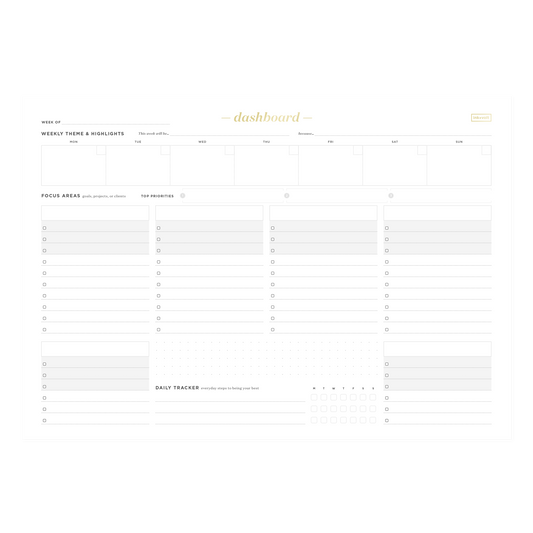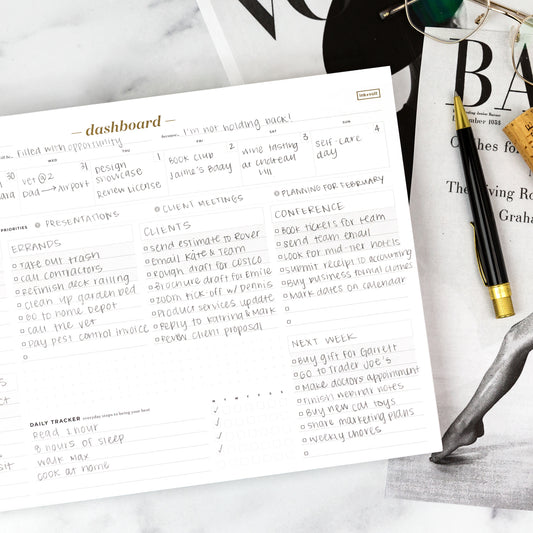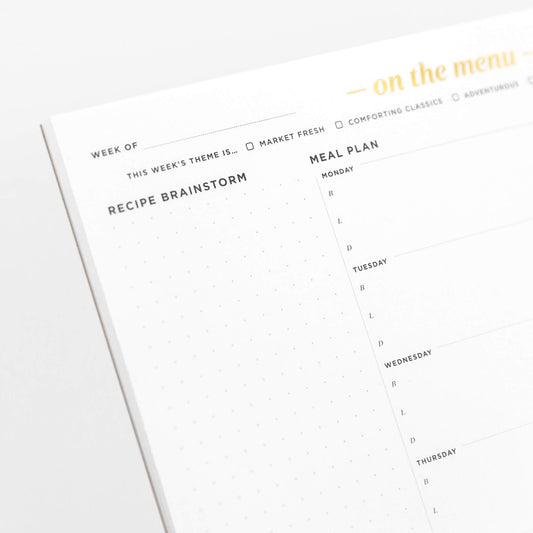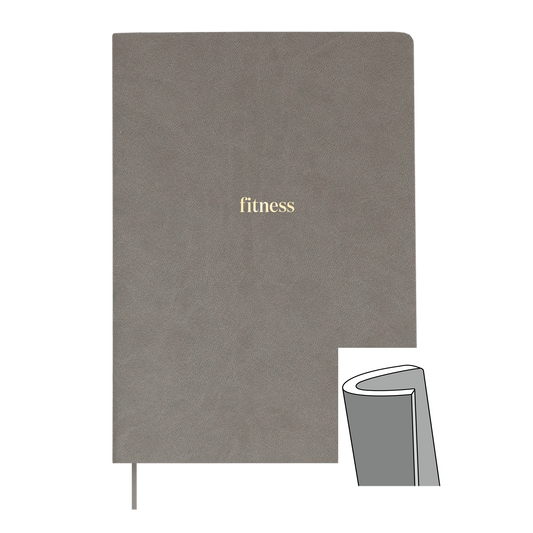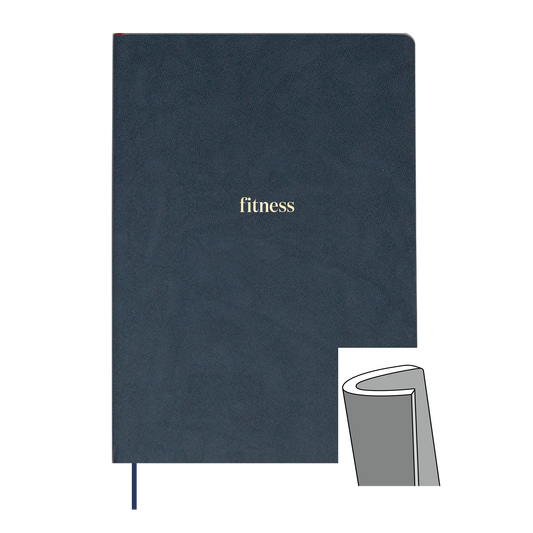There’s nothing like a home organization project to make you feel productive and satisfied.
And a great way to get a lot done without feeling overwhelmed is to get your closet in order.
When it comes to our closets, it’s easy to think: out of sight, out of mind. Because our closets aren’t communal spaces, we have no trouble cramming them with winter coats, shoes, belts, hats, and odds and ends. But a messy closet is an eyesore, and it can also affect how we go about our day. When you’re trying to get to the office or the gym on time, the last thing you want to do is ransack your closet for clean clothes.
An organized closet will not only help with managing clutter, but it can also save you time and energy in getting dressed every day.
Here are smart and easy ways you can get your closet well-organized.
Streamline the items in your closet
Before you start organizing your closet, you’ll first want to take stock of what you have and declutter what you don’t need.
Go through the items in your closet and sort them into the following categories: donate, recycle/toss, repurpose, relocate.
Having trouble deciding what to keep? You’re not alone. We form sentimental attachments to our clothes, even if we haven’t worn them in years.
If it’s an item that you wear regularly or makes you feel confident, keep it. But if it’s an item that doesn't make you feel your best or one that you haven’t worn in a long time, consider donating or recycling/tossing. For items with strong sentimental value, you can pass them down to a relative or friend.
- Donate: If you have clothing items that you don’t love anymore but are in good condition, donate them to a local charity, church, or clothing drive. Business attire and winter coats are particularly in high demand at clothing donation sites.
- Recycle: If your clothes aren’t in good condition, see if you can recycle them. Many cities have clothing recycling programs that accept used clothes as long as they are clean and mildew-free.
- Repurpose: You can probably find another use for some of your clothes and textiles. Old sheets can be reused as beach or picnic blankets. Old cotton shirts and towels can be turned into cleaning rags.
- Toss: Consider tossing items that are damaged or unable to be reworn.
- Relocate: These are stragglers that somehow found their way into your bedroom closet. Maybe it’s a vacuum cleaner or a box of old records or a stack of board games. See if you can make room in your closet by relocating non-clothing items to a hall closet or a different room.
Identify your heavy rotation items
Now that you’ve determined what items you’d like to keep, it’s time to assess your wardrobe and your lifestyle needs.
What items do you reach for all the time? Think about your professional attire as well as the clothes you like to wear around the house. Are you someone who commutes to an office everyday? Then collared shirts and slacks are probably in frequent use. Do you like to take a walk in the park everyday? Then you’re probably always reaching for casual, outdoorsy clothes.
What clothes do you wear infrequently? These are usually seasonal items like winter coats or linen shorts or special occasion items like formal wear or nice suits.
Why does all this matter? It’s important to organize your clothes according to your lifestyle and routine. For example, if you wear cardigans to work everyday, you don’t want to keep them in a hard-to-reach spot like the top shelf. Likewise, seasonal items that you only wear occasionally shouldn’t occupy key spots.
Clothes in heavy rotation should be easily accessible. Keep clothes that you wear regularly in the front of your closet so you can quickly grab them.
Seasonal items like winter sweaters can be stored in a clear bin on the top shelf, the back of the closet, or even under the bed.
Organize your closet into zones
Rather than digging through your closet every time you need a pair of pants or a blazer, create a zone for specific clothing items. For example, you can designate a zone for your pants, dresses, coats, shoes, etc. The front of your closet can be a zone for pants and shirts, while the back of the closet can be a zone for sweaters and coats. The top shelf can be a zone for seasonal items while the closet floor can be a zone for shoes.
If you don’t have tons of closet space, you can create zones with the help of organizational accessories.
Use cubbies or bins to store scarves or hats. A catch-all tray to wrangle your jewelry and accessories. And clear plastic bins to keep your shoes or winter clothes organized.
Hanging space
If you live in an apartment with limited closet space, then consider hanging drawers and cubbies. These vertical solutions are a perfect way to store sweaters, shirts, and belts without sacrificing tons of space.
Your closet door is also a great way to take advantage of hanging space. Attach a hanging shoe organizer or over-the-door hooks to hang your coats and belts.
Keep your closet organized with good hangers
Slim hangers. For a closet organization hack, use slender hangers to save space in your closet. And non-slip hangers will ensure that your clothes don’t end up on the floor.
Matching hangers. Organizational experts like the duo behind Netflix’s The Home Edit show recommend matching hangers for your closet. But it really depends on your style and budget. If you’re more of a visual organizer, you’ll probably benefit from matching hangers and the visual coherence that they provide. If you want to achieve the same look without tossing your current hangers, then group similar hangers together. So keep wooden hangers in one zone, velvet hangers in another, and plastic hangers in another zone.
How to maintain a tidy closet
You’ve done the hard work of decluttering your closet and organizing it according to your needs. Now it’s just a matter of maintaining your closet space so that it stays tidy and clutter free.
Here are some tips to help keep your closet organized.
- At the end of the day, wrangle any belts, shoes, and other accessories and return them to their proper zone.
- At the end of the week, hang clean clothes that you’ll need for the upcoming week in a prime spot.
- At the end of the season, do a decluttering session and recycle/donate clothes you no longer need. Relocate off season clothes and reintroduce seasonal items back into your closet. Check the condition of your hangers and toss/recycle broken ones and add new ones.
- If piles of clothes are taking over your floor or chair, then return them to their cubbies or make sure to have a good-sized hamper in your room to toss dirty clothes in.


